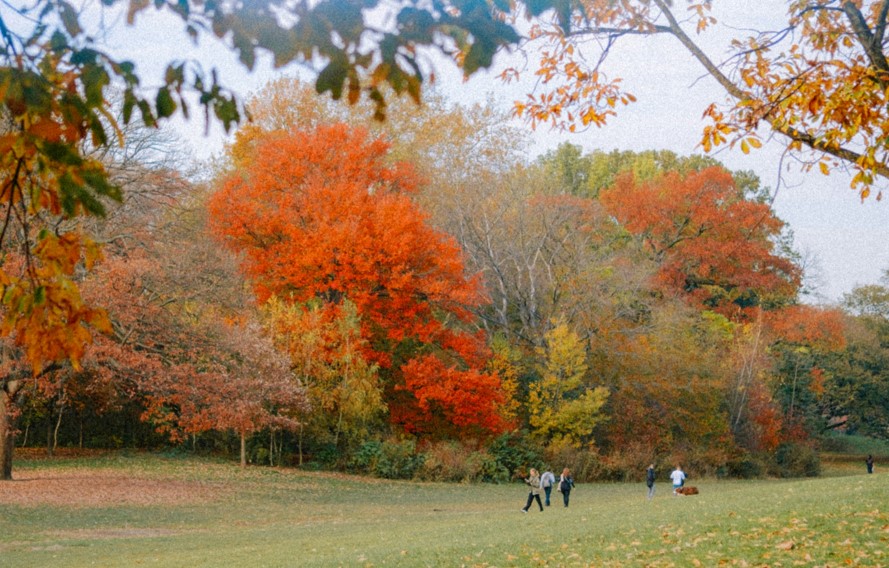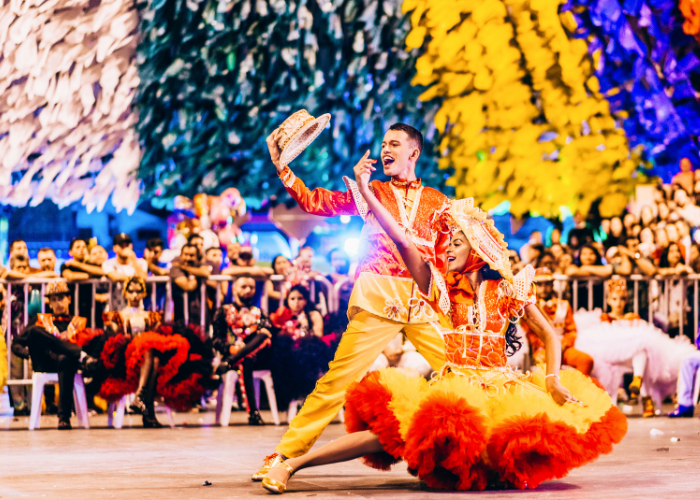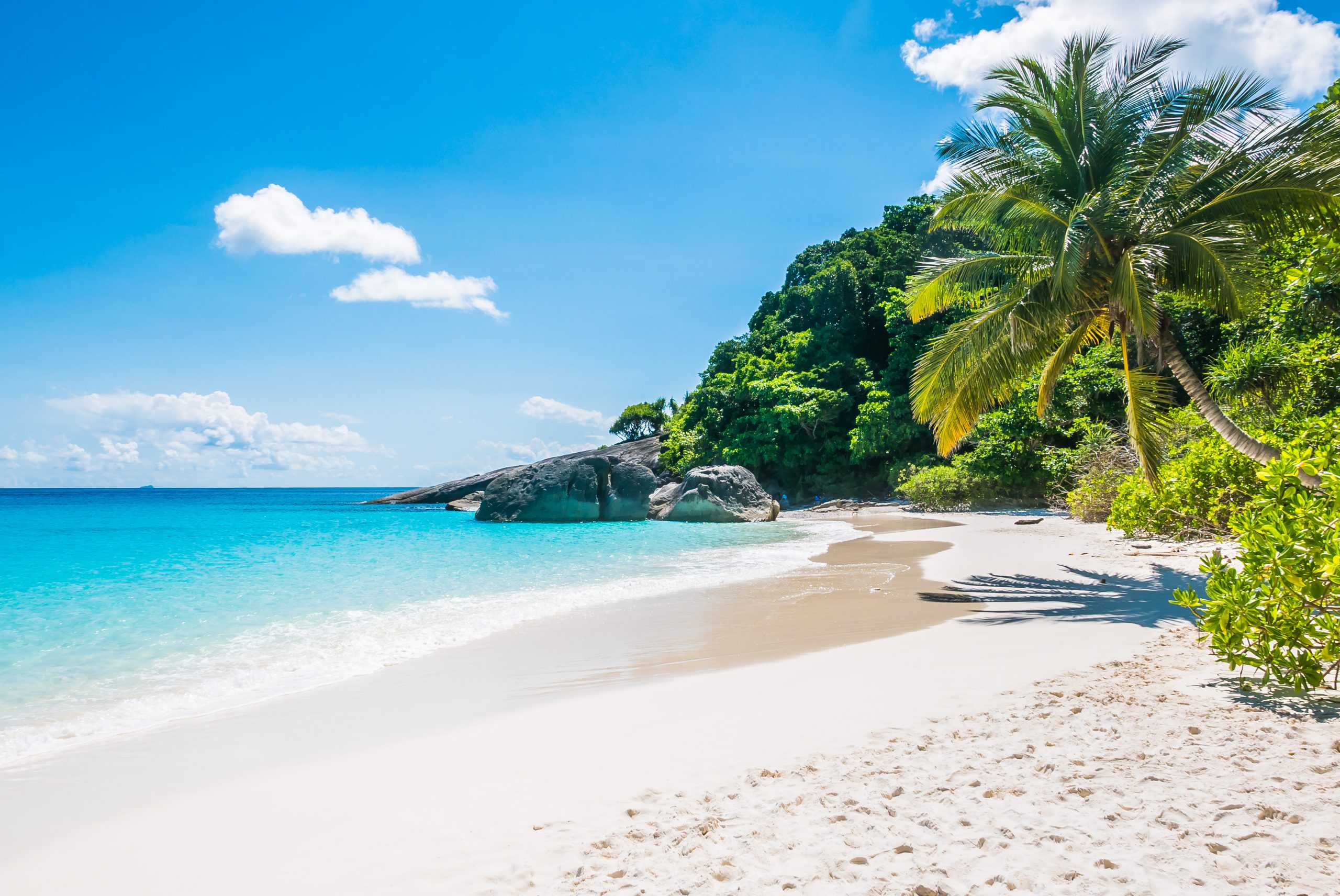
How to Dress for a Japanese Cultural Festival: Kimono, Accessories, and Samurai Style Tips

From the vibrant lanterns of Gion Matsuri in Kyoto to the dramatic processions of Nikko’s Samurai Festival, Japan’s cultural events are more than just celebrations, they’re full-on visual feasts. These festivals are moments where tradition, history, and artistry come alive through music, dance, and most importantly, fashion.
If you’re planning to attend a Japanese cultural festival, as a traveler, collector, or style enthusiast, what you wear becomes part of the experience. Dressing respectfully while embracing the flair of historical Japanese style is not just about blending in; it’s about showing appreciation for the culture and expressing your own love for the art of dressing.
This guide will walk you through how to dress appropriately and fashionably for Japanese festivals, with practical advice and style inspiration drawn from kimono traditions, accessory etiquette, and even samurai fashion for those who want to stand out with bold historical flair.
1. Choose the Right Kimono (and Know the Difference)
The kimono is arguably the most iconic symbol of Japanese fashion. But not all kimonos are created equal, and knowing the difference helps you pick the one that suits the event and your role in it.
- Yukata: Lightweight, casual, and made of cotton. Worn in summer festivals (matsuri), fireworks displays, or onsen towns. Easy to wear and more affordable than a formal kimono.
- Komon & Tsukesage: More formal types, typically worn to slightly dressier occasions. These feature more intricate patterns and higher-quality fabrics.
- Furisode: Worn by young, unmarried women, recognizable by long sleeves and vibrant colors. Best for highly formal events or ceremonies.
- Montsuki Hakama (Men): For men who want to channel tradition, a formal kimono paired with hakama trousers and a crested montsuki jacket presents an elegant, understated look.
When selecting a kimono for a festival, the yukata is usually your go-to, especially for visitors. It’s festive, comfortable, and easy to find or rent in most tourist-friendly cities.
2. Obi Belts: Function Meets Flair
The obi (belt or sash) is a key component of any kimono ensemble. Not only does it hold the garment together, but it also adds a bold, decorative touch.
- For women, obi options vary in color, width, and knot styles. A common festival favorite is the hanhaba obi, a half-width belt tied in a butterfly or bunko knot.
- For men, a kaku obi (a stiffer, narrow belt) is usually paired with a kimono or yukata, offering structure without overwhelming the simplicity of the look.
Pair a more muted yukata with a brightly colored obi to make your outfit pop, or vice versa for a sophisticated, minimalist vibe.
3. Footwear: Traditional and Functional
Comfort is key, festivals often involve long walks, standing, and navigating crowds. Traditional Japanese footwear includes:
- Geta: Wooden sandals worn with yukata. They provide airflow in the summer, but takes practice to walk in.
- Zōri: Flat, thonged sandals similar to flip-flops. More formal and often worn with tabi socks.
- Jika-tabi: Split-toe shoes originally worn by laborers and samurai foot soldiers. Now considered both a cultural statement and a surprisingly comfortable option for long wear.
Pair your footwear with white tabi socks for authenticity and a polished finish, especially if your outfit leans formal or includes samurai-inspired elements.
4. Accessories: Subtle Enhancements with Purpose
Japanese festival fashion is all about balance and intention. Accessories should complement the look, not overpower it.
Some favorites:
- Kanzashi: Traditional hairpins or floral combs, perfect for yukata hairstyles.
- Sensu (folding fans): Practical and stylish for warm weather.
- Kinchaku bags: Small fabric pouches tied with a cord—great for carrying essentials while matching your outfit.
- Haori: Lightweight jacket worn over a kimono for added elegance or warmth, especially during evening festivals.
These accessories are more than just pretty add-ons; they often hold symbolic or seasonal meaning, giving your look cultural depth.
5. Channeling the Samurai Look: Bold and Iconic
Want to turn heads? Take inspiration from one of Japan’s most revered historical figures, the samurai.
Samurai-inspired festival outfits are popular at historical reenactments, parades, and events like the Jidai Matsuri (Festival of the Ages) in Kyoto or Nikko’s Grand Autumn Festival. You’ll see men and women dressed in full armor, or stylized modern interpretations of warrior attire.
To channel a samurai aesthetic without full armor:
- Pair a traditional hakama (pleated trousers) with a kimono or juban.
- Add a sword accessory, like a katana replica worn at the hip (just be sure it’s allowed at the venue).
- Look for samurai-style haori jackets or garments featuring family crests (kamon) or dragon motifs.
- Keep the color palette grounded: black, indigo, deep reds, and earthy tones are traditional warrior colors.
For collectors and fashion enthusiasts looking to own or display authentic pieces of samurai culture, for fashion reference, home décor, or ceremonial use, samuraiswordstore.com offers a curated selection of katana and Japanese swords rooted in centuries of craftsmanship. These aren’t weapons, they’re pieces of wearable (or displayable) history that tell a story through design and discipline.
6. Dressing Respectfully as a Non-Japanese Attendee
When attending a cultural festival in Japan as a visitor or foreign guest, the key is respectful appreciation rather than appropriation. Locals are often delighted to see visitors wearing yukata or joining in on the fun, especially if you take the time to learn the basics of how to wear it properly.
Tips:
- Rent your outfit from a professional kimono shop (many offer full fitting services).
- Learn how to wear and tie your obi or haori correctly.
- Don’t treat traditional garments like costumes, they are living cultural expressions.
- Be aware of formality, avoid wearing extremely formal kimono to casual festivals, and vice versa.
7. Photographing Your Festival Look
Japanese festivals are incredibly photogenic. If you’ve put together a stylish outfit, especially one that mixes samurai elements or collector’s flair, it’s worth capturing.
- Go for backdrops like temples, lanterns, or festival floats.
- Take candid shots during parades, performances, or as you interact with locals.
- Highlight your layering, obi, and accessories in detail shots.
Final Thoughts: Style Is Storytelling
Dressing for a Japanese cultural festival isn’t about following rules, it’s about honoring a narrative. Whether you’re donning a cotton yukata, styling yourself in layered elegance, or channeling the spirit of a samurai, what you wear tells a story of appreciation, intention, and personal expression.
In a world obsessed with trends, Japanese festival fashion reminds us that tradition is timeless and always in style.
So, pack your folding fan, tie that obi with confidence, and walk into the crowd with pride. The festival is waiting, and your outfit is part of the celebration.



